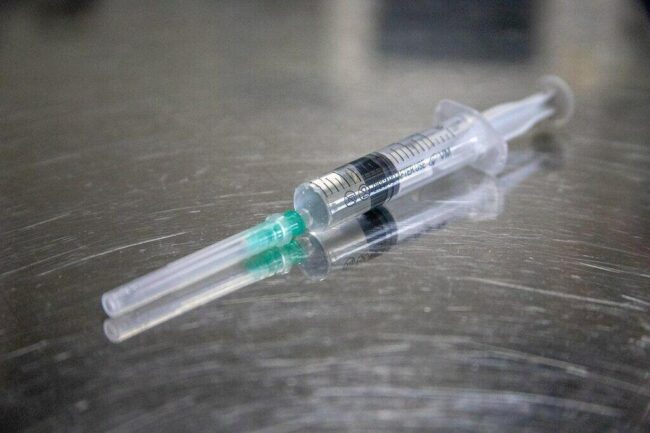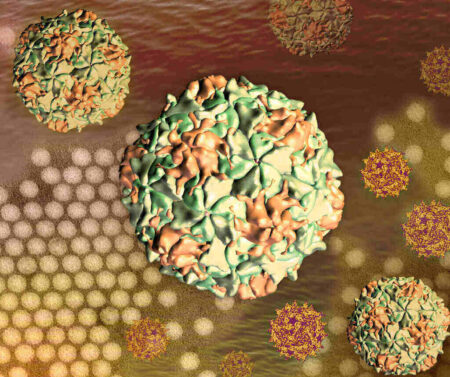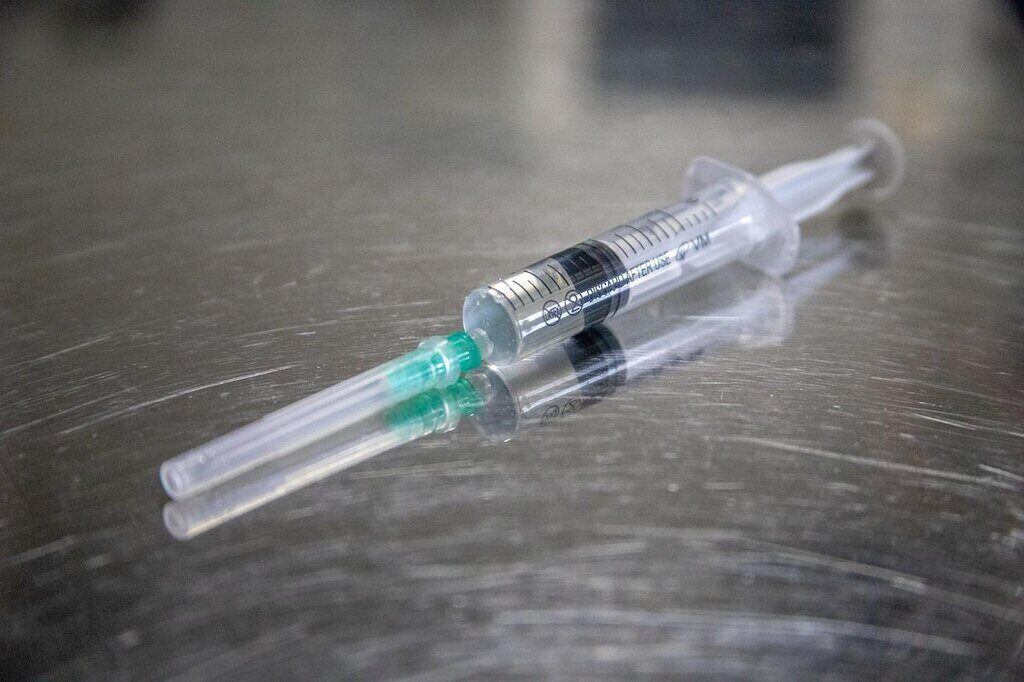|
Getting your Trinity Audio player ready...
|

Polio cases are on the rise in the United States. Experts explain that no wild polio virus has been recorded in the United States since 1979. The Poliovirus was recently reported in other countries, but the National Wastewater Surveillance System (NWSS) said cases are increasing in certain regions. The following information is essential for parents. International travel increases the chance of transmission.
Poliovirus Generated from Vaccines?
The vaccine helps the body produce the antibodies it needs to battle the virus. However, a weakened form of the poliovirus is present in the oral vaccine used in many countries. Therefore, since 2000, an inactivated polio vaccine manufactured in the U.S. has been used exclusively and administered as an injection.
The vaccine-derived poliovirus comes from the oral vaccine. Although the oral vaccine is effective and safe, it may cause illness in people with weakened immune systems. In addition, when there are large numbers of unvaccinated individuals, the virus may spread and cause disease.
When a sufficient number of people are vaccinated against the virus, the rare traveler with wild or vaccine-evolved polioviruses does not pose a threat. Herd immunity protects people, making it difficult for the disease to spread, and saves those who are not vaccinated.
The proportion of people that must be immunized to prevent an epidemic varies depending on the disease. Even though most American children are vaccinated against polio, vaccine hesitance remains a problem in areas where infections are prevalent. Herd immunity is no longer sufficient to protect unvaccinated children.
Parents Need Understand Polio’s Impact
The virus can be silent or deadly. It is frequently contracted without consequence, but in some situations, it may damage the brain or spinal cord. Approximately one out of every 200 patients suffer neurological or spinal damage or even death. In the late 1940s, polio cases caused 35,000 individuals to become paralyzed or slain annually.
Oral and inactive vaccines used during the 1950s and 1960s reduced the number of polio paralysis cases in the U.S. from 15,000 to 10.
London health officials have reported that poliovirus has been detected in sewage samples, stressing that they should vaccinate almost one million children between the ages of one and nine. Polio hasn’t been seen in England in at least 19 years, but it’s still around. Vaccination rates are lower in the capital than in other parts of the country. In 2004, the U.K. switched from using a live oral vaccine to the inactivated vaccine, which is safe but uses a live virus.
Poliovirus in New York
The U.K. Health Security Agency is collaborating with health organizations in New York and Israel to see if there are associations between the polio outbreaks.’ Health organizations in New York reported in July that an unvaccinated individual had contracted paralytic polio. Global health authorities have now said that the case was linked genetically to virus samples found in London and Jerusalem.
Babies are immunized against the virus using a 6-in-1 injection at eight, twelve, and sixteen weeks old, the pre-school booster at three and four months old, and the teenage booster at fourteen years old.

Symptoms
People who contract the disease do not experience any symptoms, but a few experience low-grade symptoms such as fever, extreme fatigue, headaches, vomiting, neck rigidity, and muscle aches.
Polio can cause paralysis in the legs and damage the spinal and brainstem nerve tissues. If the respiratory muscles are damaged, the virus can be fatal.
How the Virus Spreads
According to Baylor College of Medicine professor Richard Lloyd, the virus is a poliomyelitis infection of the central nervous system.
Dr. Ashley Lipps, an infectious diseases physician at the Ohio State University Wexner Medical Center, describes FPH as a fecal-oral disease usually spread from person to person via contaminated water or food.
The CDC warns, “if your child puts toys that have stool or droplets on them into their mouth, they might get sick.” Furthermore, “changing diapers on an affected child is a mode of transmission,” according to Lloyd. Finally, according to the CDC, droplets from an infected individual’s cough or sneeze can also spread the disease.
How Dangerous is Polio?
Most cases are asymptomatic, while about 1 out of every four people will experience flu-like symptoms. In severe cases, the virus affects the muscles that help people breathe. According to the CDC, a child who has contracted polio can develop neurologic complications such as muscle weakness or paralysis years or even decades after apparently recovering from the virus. However, post-polio syndrome is not contagious.
Polio More Common in Children than in Adults
Children younger than five are most likely to contract polio. Fecal contamination causes poliovirus to spread. Poor hygiene habits cause this. The U.S. and WHO have had vital vaccination programs for babies for decades. Vaccination is required to go to school in the U.K. and the U.S.
Polio was one of the most dreaded diseases in the 1940s and 1950s, causing epidemics that left many people with permanent disabilities, says Lipps. The last case of the virus that originated in the U.S. was in 1979, but the disease still occurs in other countries, and travelers can bring polio into the country. Until the virus is eliminated globally, this risk will not vanish, says Lloyd Lloyd of the CDC.
How Concerned Should Parents be?
The polio vaccine is given as part of routine childhood immunizations. Those at an increased risk for the virus include those who have not completed the entire vaccine series and people who travel internationally to areas where polio occurs more frequently, says Lipps. The vaccine starts at two months, followed by one dose at four months, another at 6 to 18 months, and a booster at 4 to 6 years old.
What Can Parents Do to Protect Their Children?
The polio vaccine can prevent the disease but cannot cure it. According to the CDC, Lipps emphasizes that the vaccine is 99% to 100% effective against the virus. Lloyd declares the vaccine is the most influential vaccine ever created.
Written by Janet Grace Ortigas
Edited by Cathy Milne-Ware
Sources:
Harvard Health: Polio: What parents need to know now; By Claire McCarthy, MD
Daily Record: Polio vaccine: What parents should know as children to be offered jab; by Ella Pickover & Lucy Farrell
Yahoo! Life: How worried should parents be about polio? Here’s what experts say; by Rachel Grumman Bender
Featured and Top Image Courtesy of Mirko Sajkov‘s Pixabay Page – Creative Commons License
Inset Image Courtesy of NIAID and CDC – NIAID‘s Flickr Page – Creative Commons License



